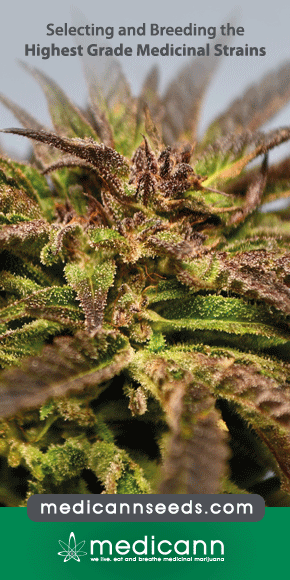Vote To Federally Legalize Marijuana Planned In Congress
The legislation, sponsored by House Judiciary Committee Chairman Jerrold Nadler (D-NY), would remove cannabis from the Controlled Substances Act (CSA) and set aside funding to begin repairing the damage of the war on drugs, which has been disproportionately waged against communities of color.







